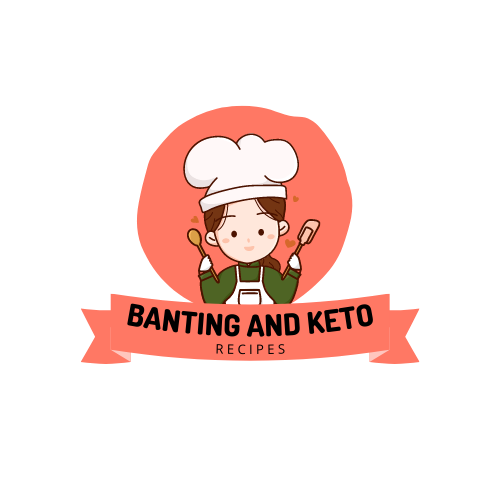
The banting diet, a low carb and high fat dietary approach that dates back to the 1800s, has recently enjoyed a surge in popularity. It’s similar to the Ketogenic and Atkins diets in that it encourages a low intake of carbohydrates, but has more in common with the paleo diet in terms of emphasis on meats, vegetables and fats. This article lays out all you need to know about this controversial but effective weight loss plan.
William Banting was a British undertaker who was extremely obese and desperate to lose weight. He was in his thirties and had tried everything to slim down, including swimming, riding and taking Turkish baths. However, his efforts were in vain and he was not losing any weight. Eventually, he paid a visit to his doctor, Dr William Harvey, who told him to eat an extremely low-carb diet. Banting immediately saw results and he was able to slim down significantly.
He also lost his hearing due to his obesity, which caused him to become very depressed and he suffered from insomnia. However, after his success with the diet, he felt that others could benefit from it and so he published a free booklet in 1863 called “Letter on Corpulence, Addressed to the Public” (link opens in new tab).
As the banting diet is a very low-carb and high-fat diet, many people have concerns about its safety. However, the banting diet was scientifically designed and has been shown to be very safe if followed correctly. According to Prof Tim Noakes, the diet can help to lower blood pressure and glucose levels, reduce inflammation and cholesterol, increase energy levels, improve sleep quality and boost cognitive function. It also claims to revert type 2 diabetes and other health problems, such as high blood pressure and heart disease, by encouraging the body to burn fats for energy.
In addition to limiting carbs, the banting diet limits sugar and processed foods. It also promotes nutrient-rich foods, such as green leafy vegetables and healthy fats. The diet has a few different phases, and each one has specific foods that are allowed or not allowed. For example, the Restoration phase focuses on eating sugar-free and gluten-free foods, while the Transformation phase is for fat burning. Finally, the Preservation phase is for maintenance and can have varying amounts of carbs.
Although the banting diet is fairly restrictive, it does allow for some flexibility and there are several online communities where you can find support. Some of these sites even offer recipes and meal plans to make it easier for you to follow the banting diet. Regardless of which phase you are in, it is important to track your calories to ensure you are not overeating. A calorie tracking app can be very helpful for this purpose. You can also find success stories from people who have successfully used the banting diet to shed excess weight on their websites. These websites are a great resource if you want to learn more about the banting diet and how it can benefit you.
